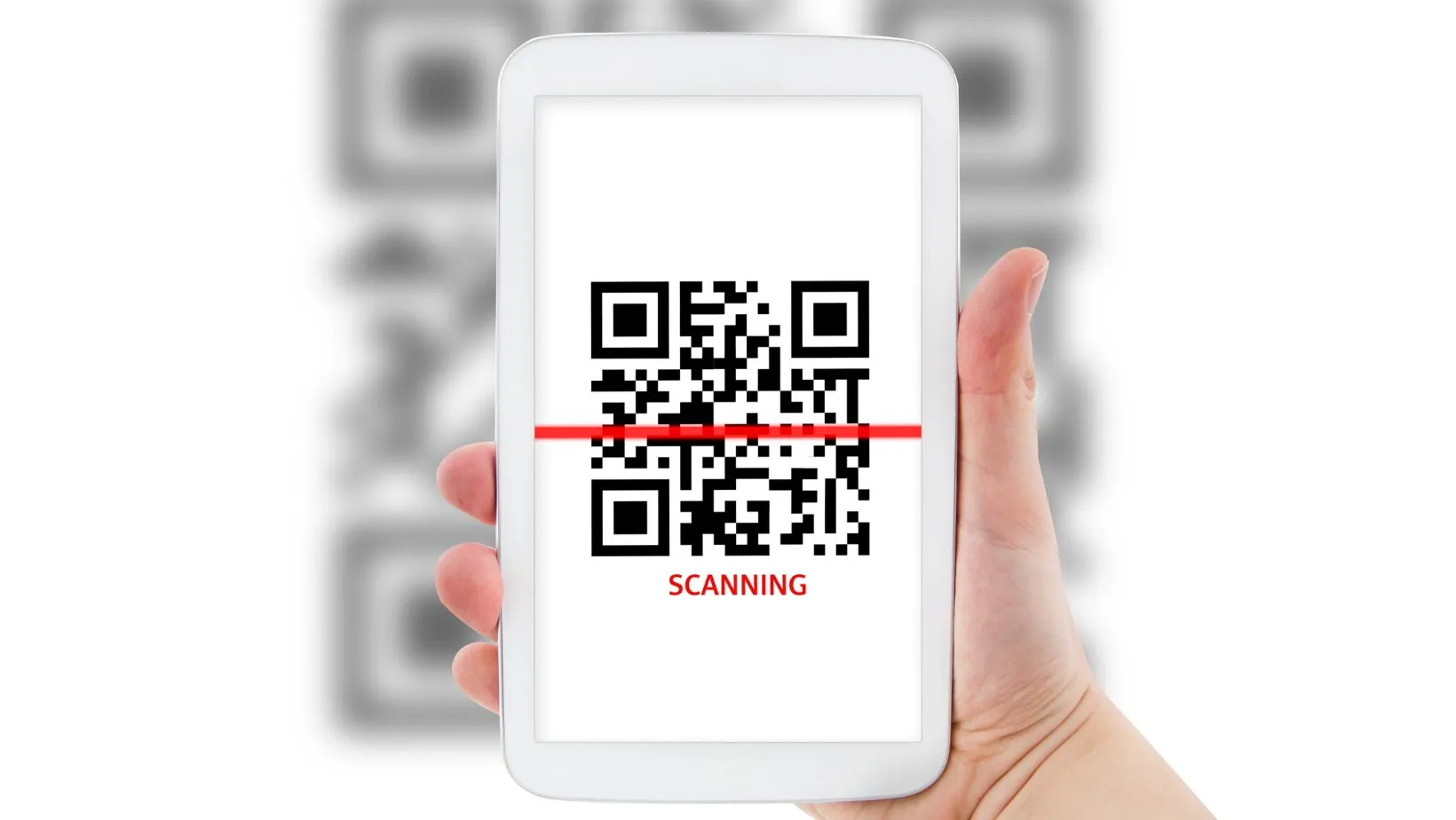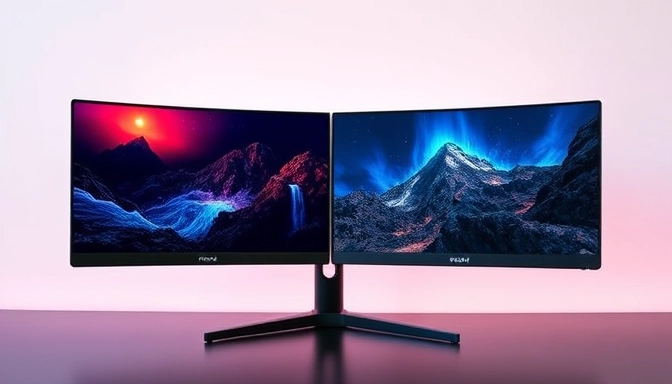Table of Contents
ToggleCompetition is stiff in today’s app-based universe. With millions of apps in Google Play and the App Store, developers and marketers are under perpetual pressure to stand out, generate downloads, and most importantly engage users long after that first install. In the midst of this, a feature that has quietly but powerfully changed the landscape is the QR code. Once dismissed as a marketing gimmick, QR codes are now one of the most frictionless offline-to-online bridges.
Regardless of whether they’re placed on packaging, billboards, event collateral, or web ads, QR codes can lead users directly to app download pages. They eliminate the inconvenience of typing in long URLs or searching for apps. For brands looking to scale downloads and build long-term relationships with their users, this can be a game-changer. And the best part?
Why QR Codes Are Driving App Downloads
Convenience is the backbone of app adoption. The more convenient it is for users to download an app, the higher the chances of them doing it. And QR codes meet this very need by giving instant access to app stores via a simple scan.
Research has shown that QR code scanning is on the rise globally, with Statista predicting that by 2025, more than 99 million smartphone users in the US alone will scan QR codes on a regular basis. This growth shows not only the mainstreaming of QR tech but also the ability of QR to drive direct, measurable engagement.
For developers, that makes QR codes no longer optional. They’re a requirement. By removing friction, QR codes can significantly boost install rates, especially when paired with compelling campaigns. For example, a restaurant can offer a discount that’s only activated after the customer installs the brand’s app by scanning a QR code on the menu.
Where to Use QR Codes for Maximum Impact
QR codes are very versatile, so they function in virtually any channel where your audience is interacting with your brand. Some of the most effective placements include:
Product Packaging
Brands can insert QR codes into packaging that leads directly to their apps. Imagine buying fitness equipment and scanning a code that launches the associated workout app immediately. This forges a strong connection between the physical product and the digital space.
Events and Conferences
At events, QR codes can become gateways to exclusive event apps. This not only boosts downloads but also optimizes attendee experience with elements like schedules, networking capabilities, and push notifications.
Outdoor Advertising
Billboards, posters, and transit ads can all be brought to life using QR codes. Instead of simply reading an ad passively, people can engage instantly by scanning the code and downloading the app.
In-Store Displays
Retailers also employ QR codes on in-store signage. For instance, a clothing retailer can place QR codes near product displays that direct customers to the store app for tailored recommendations.
Enhancing User Retention through QR Codes
Whereas driving downloads is step one, retention is where the real challenge lies. Statistics indicate that more than 70% of users drop an app within the first 90 days. QR codes can prove to be surprisingly useful in engaging users beyond this time.
Here’s how:
Re-Engagement Campaigns
QR codes can be used for retargeting campaigns. Mailing direct mail or email campaigns with scannable codes, for instance, can bring users back into your app for updates, new features, or promotions.
Loyalty Programs
QR codes can be added to loyalty programs for retailers and restaurants. Customers scan the code to log points, unlock rewards, or get special offers—driving repeat app engagement.
In-App Deep Linking
Advanced QR codes can also do more than redirect users to a standard download page. They can deep-link to particular sections of an app. For example, a QR code on a travel flyer can directly open the booking section of a travel app, bypassing steps that aren’t required.
Gamification
The majority of brands are incorporating gamification elements with QR codes. A scan of a code can unlock special in-app material, mini-games, or challenges that reward repeat use by users.
Data and Analytics Value
Quite possibly the most overlooked benefit of QR codes is how much data they can provide. Marketers can track how often codes are scanned, where they are scanned, and even what devices are being used.
This real-time feedback allows companies to calibrate their strategies. If a QR code on packaging is driving more downloads than one in-store, you know where to double down. Similarly, tracking user re-engagement through QR-connected promotions gives tangible insight into user behavior.
According to a survey by Statista, nearly 45% of the survey participants in the U.S. used QR codes to access promotional offers in 2023. For app marketers, this presents a huge opportunity to pair promotions with app retention efforts.
Best Practices for Utilizing QR Codes Successfully
For the successful utilization of QR codes to make a meaningful impact on app downloads and app retention, there are several best practices required:
Make the Call-to-Action Clear
A QR code alone will not perform anything if it is not followed by a solid CTA. Add text like “Scan to Download Our App” or “Scan to Unlock Exclusive Rewards.”
Optimize for Mobile
Ensure the landing page or app store link is mobile-optimized. A poor experience after a scan will kill the momentum.
Test Across Devices
Not all smartphones handle QR codes the same way. Test your codes on Android and iOS devices to ensure simple functionality.
Monitor and Iterate
Use analytics to follow performance. If your QR codes are not leading to downloads or engagement, try different placements, designs, or incentives.
Brand Your QR Codes
Generic black-and-white QR codes work, but branded codes work more effectively. Add your logo or brand colors to personalize them and make them align with your identity. With tools like Adobe, it’s simple to generate QR codes using Adobe Express in seconds.
Future of QR Codes in App Marketing
In the future, QR codes will be even more advanced. As augmented reality and one-to-one marketing grow, QR codes might open the door to immersive experiences that are directly linked to apps. Think of scanning a QR code in a clothing store that opens an AR dressing room in the app.
Also, with privacy regulations tightening, QR codes offer a compliant and simple way of gathering opt-ins for app-based engagement. Consumers are more likely to scan a code and grant permissions when value is clear and immediate.
Final Thoughts
QR codes have come a long way since their early skepticism days. They now constitute one of the best offline to online engagement bridging tools, app download drivers, and long-term user retention facilitators. When combined with well-defined strategies, strong incentives, and data analytics, companies can turn QR codes into robust growth drivers for their apps.
If you must get your app seen in a competitive market, consider looking at QR codes not as an accessory but as the focal point of your campaign. They’re cheap, simple, and—when implemented correctly—can realize amazing results.



